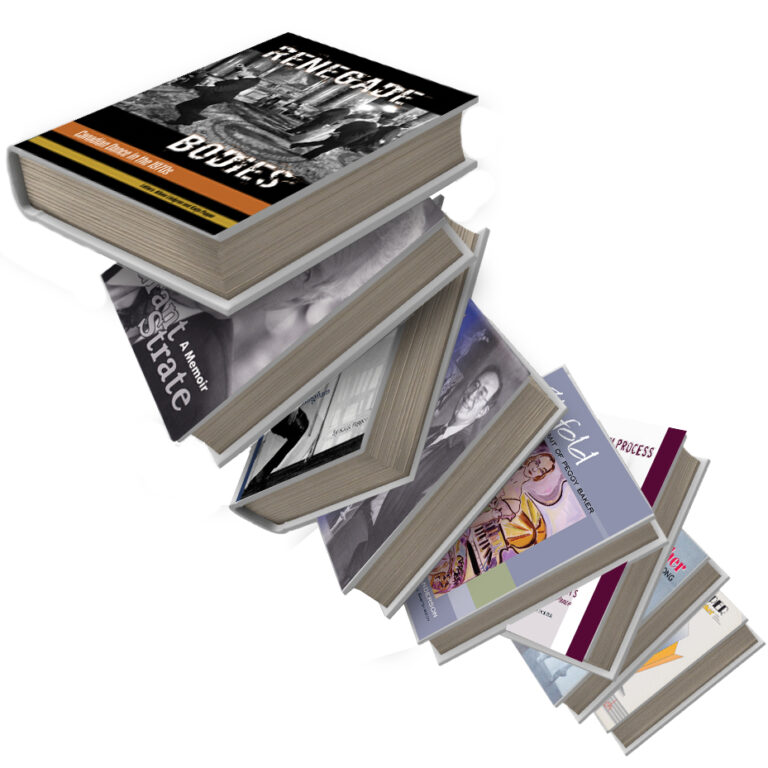Deep Dive into Copyright, Part 1
Copyright is not scary
Progress on DCD Discover is moving along at a rapid pace. Our development means that we are now at the stage where it’s time to have the conversation about COPYRIGHT. At this point, most people want to run away and hide because they find the subject scary. The instinct is to prevent access to the collection. That way you can’t make any mistakes and you can avoid your worst case scenario.
No to gatekeeping
Linda Spurdle, Digital Development Manager at Birmingham Museums Trust writes ‘Museums balk at the idea of being gatekeepers, yet so few in the UK provide open access to digital images of their collections. … online collections continue to deter people from finding and using images. It is extraordinary that so much thought goes into how to stop people using images. Online images are often too small to see detail, watermarked to stop reuse or slapped with a proscriptive licence that limits use.’ (Museums Journal, May/June 2021)
Many times in the Live Labs, we’ve heard concerns about copyright. Most of the suggestions to mitigate this concern have required restricting access and gatekeeping of some kind.
Open access
We want to gateopeners not gatekeepers. We want to provide open access to the collections. To do this, we had a deep dive into copyright to examine our fears, concerns and to discuss our way forward. We examined:
- The types of materials we hold that are subject to copyright
- The expectations of donors and people who upload items to DCD Discover, in relation to copyright
- How items are used
- How we want people to use items
- The blockers we see
- Our main concerns
- The concerns of the ‘originators’
- The potential harms
- Our next steps
The deep dive was illuminating, and encouraging. Let’s go through some of the areas we discussed:
Types of materials subject to copyright
- Images that people have donated, that are then being captured
- Photographs
- Newspaper clippings, and photocopies of newspaper clippings
- Scans of scans
- Photographs of 3D materials
- Things other people have made that they have then created images of
- Film & video
- Audio
- Copies of other work that other people made and then donated
- Letters and correspondence, i.e. documents
- Props & set pieces & decor
You probably have some or all of these types of materials. Maybe you have others not included in this list? What would you add?
How we would like people to use items
The answers are fantastic!
- For anything
- Find, access and use the content
- Research
- For the study of dance
- For inspiration for new creations
Potential harms
Many times it is fear of the potential harms that leads to gatekeeping. Fear of doing the wrong thing causes organisations to err on the side of caution resulting in reduced access to collections.
Here are some of the potential harms highlighted in our discussion:
- We do something wrong and get thrown in jail
- Don’t want to do anything illegal
- Don’t want to undermine or lose the trust of the community.
- Responsibility to history and truthfulness
- Cultural appropriation
- Potential misuse of the collection
- Profiteering without permission
- Reputational
- Humiliation of people in the community
How many of these sound familiar to you? Did you find nodding along and agreeing with these potential harms? What would you add?
The way forward
In our deep dive we discussed our next steps to address issues around copyright. Put simply, this means having robust policies and processes in place. In Deep Dive into Copyright. Part 2 we will examine what these policies and processes are, and you will see that copyright is not scary.
If you have any comments, thoughts or anything you’d like to add please email



